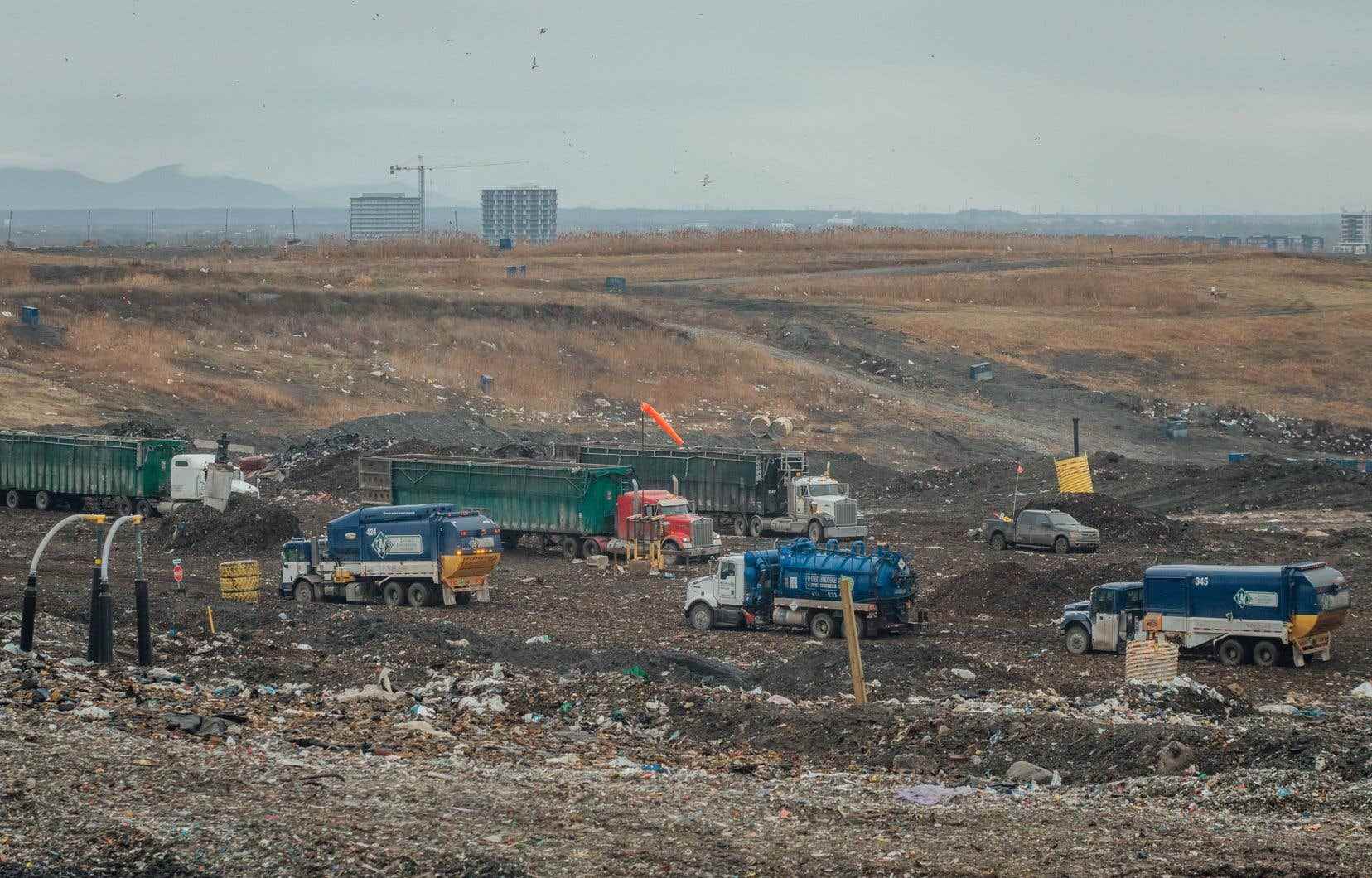A large plume of methane was located above Terrebonne by GHGSat, a Montreal company that detects with rare precision the methane emissions produced on Earth thanks to a constellation of six satellites.
On Wednesday, a plume with a methane concentration estimated at 1185 kilograms per hour was located above the Enviro Connections Complex, in the Lachenaie area of Terrebonne.
This waste site, one of the largest in the province, handles residual materials from the Montreal Metropolitan Community.
Methane is a potent greenhouse gas and when released directly into the atmosphere it has more than 80 times the warming potential of carbon dioxide (CO2) according to the United Nations Environment Program. ‘environment.
“A thousand kilograms per hour is still a pretty serious level,” Jean-François Gauthier, vice-president responsible for strategic measures and initiatives at GHGSat, told The Canadian Press.
Some landfill sites “in India, Pakistan” or “Argentina” can reach “tens of thousands of kilograms per hour”, put Jean-François Gauthier into perspective, but “for what we usually see in Canada, the United States, it’s a pretty big issue. »
One photo a day during COP27
GHGSat, which notably provides its data to the International Methane Emissions Observatory (IMEO), a UN agency, has taken the initiative of publishing one photo per day, during COP27, from one place to around the world from which large quantities of methane escape.
Before making information about the Terrebonne site public, the company published photos of methane clouds escaping from a coal mine in Poland on Wednesday, from a gas site in Iran on Tuesday, and from a mine of New Mexico coal on Monday.
The initiative aims to raise awareness among leaders and the public, “because reducing methane emissions is one of the simplest ways to reduce greenhouse gases,” mentioned Jean-François Gauthier.
He explained that when GHGSat discovers a large methane leak, it tries to contact the emitting company “to try to work with them and correct the situation”.
At the time of this publication, neither GHGSat nor The Canadian Press failed to get in touch with the leaders of Enviro Connections, a subsidiary of the Texas company Waste Connections Inc.
“Of course there will be a certain amount of methane that will come out of landfills, it’s not uncommon, but technologies exist to capture this methane” and “generate energy for example,” explained Jean-François Gauthier.
Yet Waste Connections has a biomethanization plant on its landfill site in Terrebonne.
“Complexe Enviro Connexions was the first Quebec company to valorize biogas by producing green energy”, can be read on the company’s website, which has given itself the mission of “promoting the protection and quality of the environment “.
The landfill treats residual materials from the agglomeration of Montreal, the city of Laval and the RCMs of Deux-Montagnes, Thérèse-De Blainville, Mirabel, La Rivière-du-Nord, Les Moulins, L’Assomption and Joliette and the entire Montérégie region.
GHGSat assesses the uncertainty rate associated with the emission rate at 48.7%, which is 1185 kilograms per hour.
“The idea is to understand that it is a significant emission, whether it is 935 kg / h or 1275 kg / h, it is an amplitude which is very important”, indicated Jean-François Gauthier, specifying that “uncertainty is associated with the rate of emission, not with the presence of the emission”.
